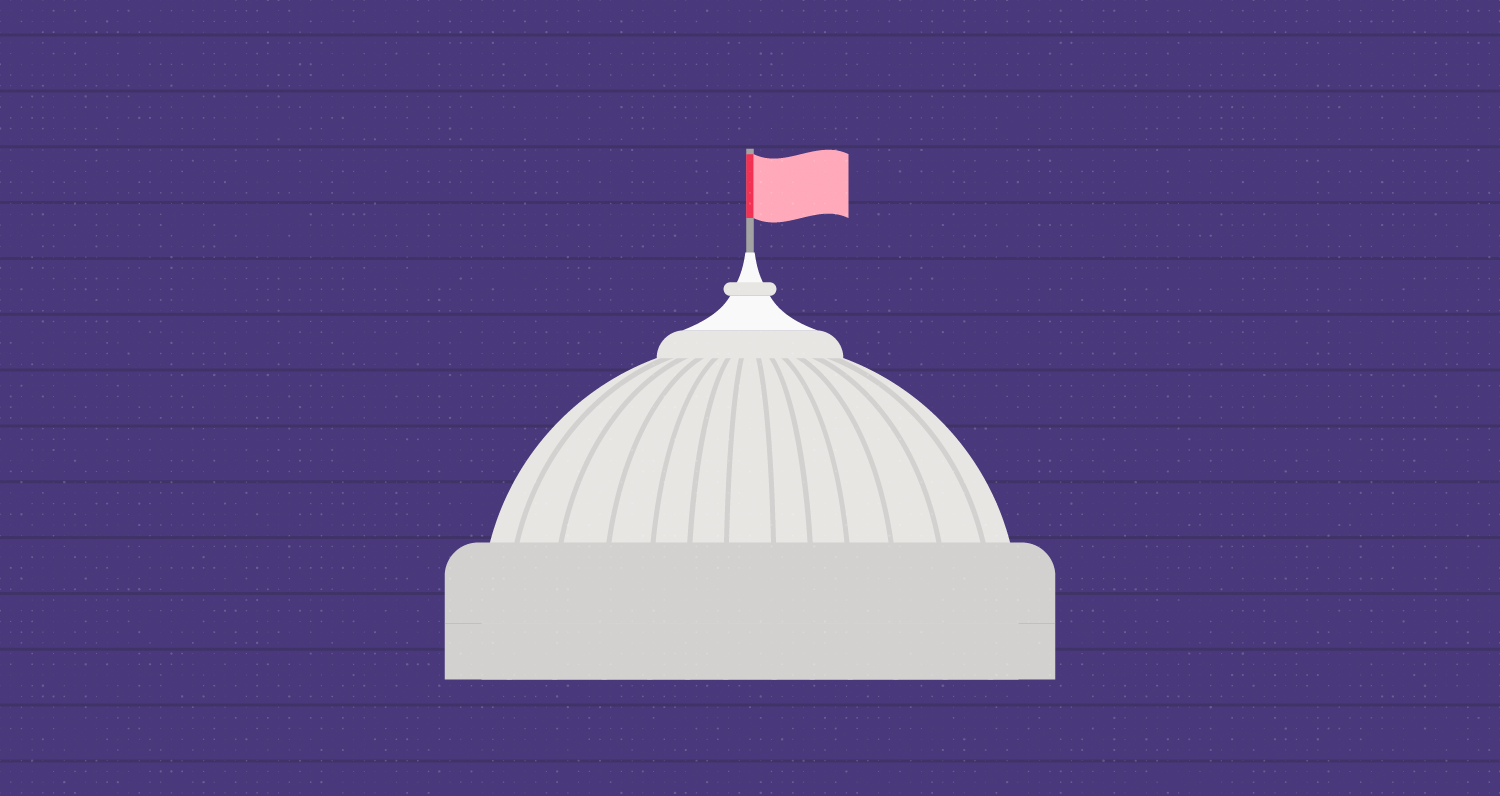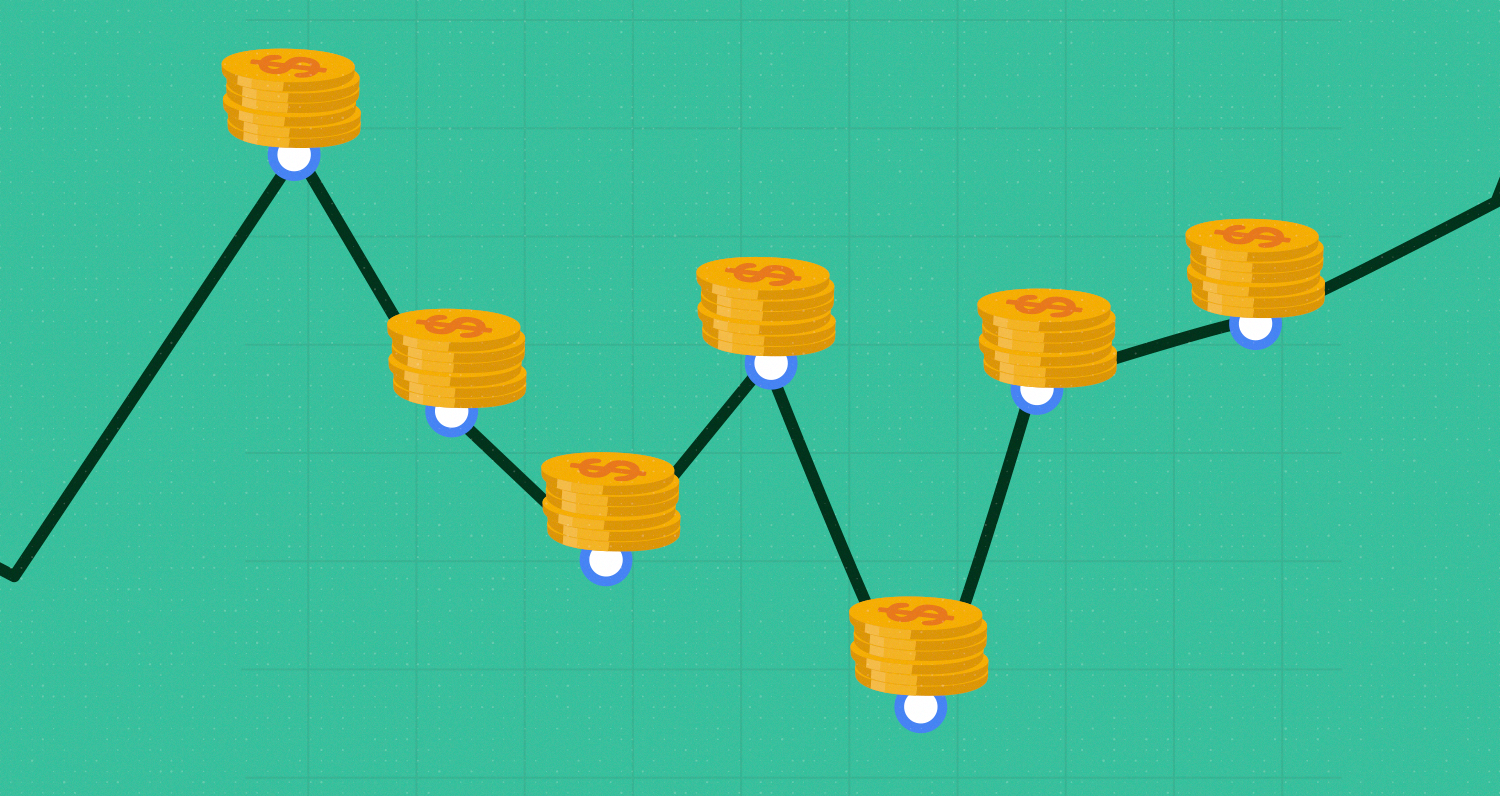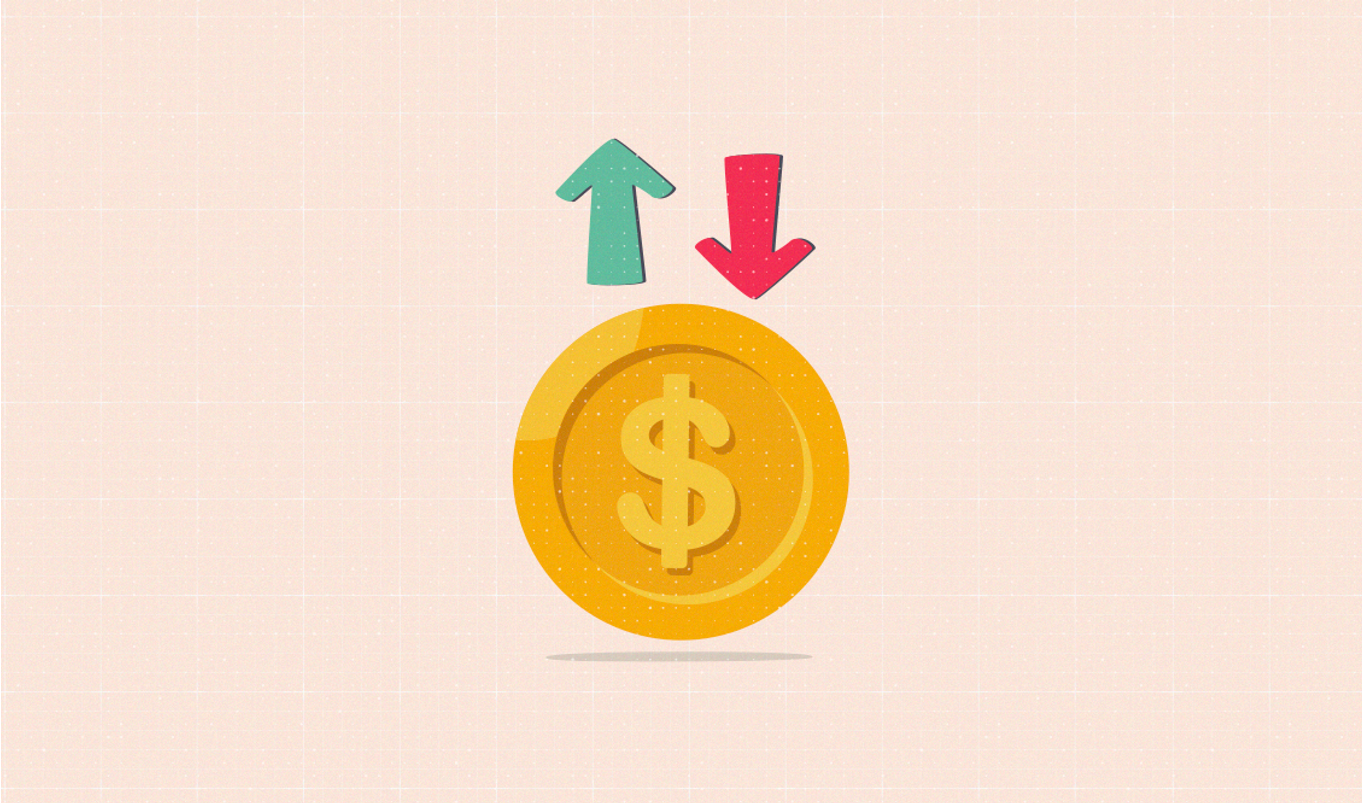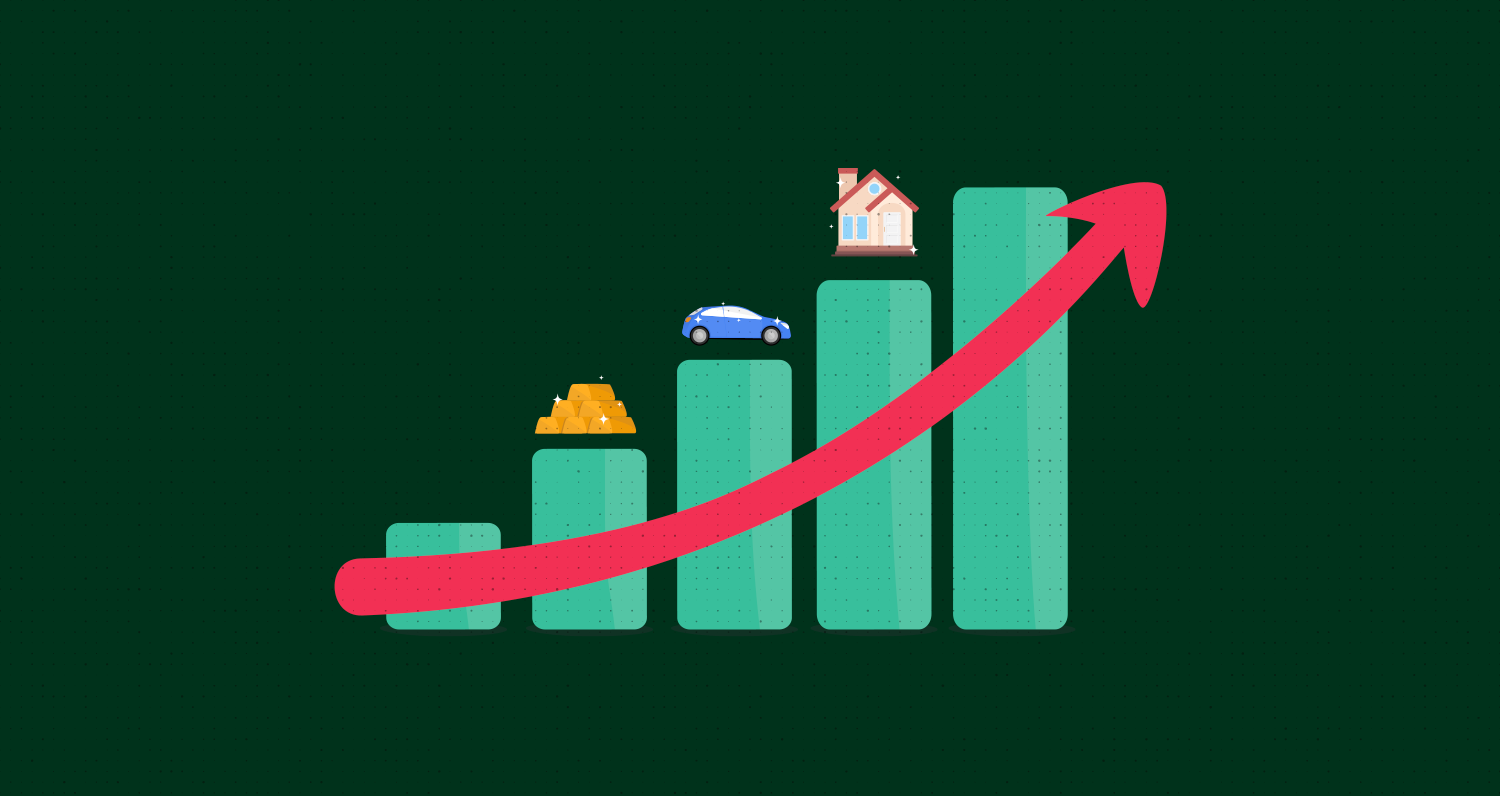What are Treasuries?
Think of treasuries as IOUs [I owe you], or promise-to-pay notes from the government. The government borrows money from people, just like you might borrow money from a friend – and in return, they promise to pay you back with interest on a specific date (aka the maturity date of the treasury). You can think of this like the ‘expiry date’ on the loan.
Why do governments borrow?
People usually take loans so they can buy a car or a house. The government borrows money to fund things like short term deficits, roads, public schools, and defense.
What are the different kinds of treasuries?
T-bills are short-term loans to the government that have to be paid back plus interest. This is paid back in a year or less (either 3, 6, 9, or 12 months), and they’re usually used to finance deficits.
T-bonds are long-term loans to the government that have to be paid back in over 1 year—they usually use them to finance big projects. In addition to getting your money back, you also get a fixed payment every 6 months or 1 year.
Why invest in treasuries?
They’re *almost* low risk
Since they’re basically loans to the government, treasuries are considered very low risk. The government is considered a reliable borrower with a stable economy, and the ability to tax its citizens in order to generate revenues. In other words—its extremely unlikely that a government won’t be able to pay its lenders back
They allow for short-term investing
T-bills are considered very short term investment options, as well as second-hand treasuries (which we’ll get into later). This is very useful if you know you will need your money soon, yet you’d also like to earn some interest on it in the meantime.
They can give regular payments
T-bonds work by offering you regular payments. This is a great option if you’re looking to invest your money in something that will also give you a regular income stream. This does not apply to T-bills.
How does the government offer them?
In Egypt, the Ministry of Finance issues treasuries through the Central Bank (CBE). The CBE holds auctions for T-bills and T-bonds every week. This auction is done online, and here’s how it works:
Step 1: Announcement
The CBE announces the details of the upcoming auction, including the date, amount of money they want to collect, and deadlines. Eg: they want to collect EGP 10 billion, by 25/02/23, and will pay it back on 25/02/24.
Step 2: Bidding
Banks place their bids stating how much they want to lend the government and what interest rate they want in return. Eg: a bank can offer EGP 1 billion, and ask for 23% yield (aka the return on that loan).
Step 3: Issuance
When bidding is complete, the CBE reviews all the bids, by looking at the rates that each bank has submitted. Using this information, they will determine the range of bids they want to accept. This means that some of the bidders will get higher yields (% returns) than others, and there will be an average yield. This will then be announced on the CBE website.
How can I buy them, as an individual?
Think about this the same way you’d think about buying a car. There are 2 ways to do this, you can:
- a) Buy a brand new car from a car dealership (aka primary market)
- b) Buy a used car, from someone who had already bought it from a car dealership in the past (secondary market).
Treasuries work the same way. Let’s explore that in more detail:
Buying treasuries first-hand: Primary market
To buy a treasury first hand, think back to the auction we just mentioned. You can participate in the bidding process through your bank. This means you go in not knowing the % return you will get or if your bid will be chosen. Since the auction is what determines the yield (the % return you’ll get).
You have 2 options here:
- Place your bid—for example, your bid is that you would like to invest EGP 25,000 in a t-bond for a yield of 23%. If your bid falls within the range that the government accepts, your offer will be taken. However, you run the risk of the government not taking your offer, if it is out of their desired range.
- Ask to take the average—for example, you would like to invest EGP 25,000 in a t-bond, at the average yield that is determined by the auction process. You run the risk of not getting the yield you want but you guarantee that your bid gets accepted. This is because your bid is placed at the average of the government’s chosen yield range.
Buying or selling second-hand: Secondary market
After buying a T-bill or T-bond, you can decide to sell it before maturity, on the secondary market (just like a used car). This is done through banks. You can also buy other T-bills and T-bonds this way.
Use case: when would I buy secondary?
Let’s say you have a family trip coming up in 1.5 months. You have some money saved up for the trip that you’d like to make use of until you have to spend it. You don’t have many short term investment options, but imagine you could tailor an investment to mature at the exact time you want. This is almost just that—you can ask for a T-bill or T-bond on the secondary market, with a maturity date that matches your flight.
All you need to do is visit your bank, and ask them for a T-bill or T-bond with the maturity date that you would like. They will then give you different options on or around the date you’ve requested, and tell you the price of each one.
Which should I choose—primary or secondary?
If you don’t have a specific maturity date in mind (aka if you dont need the money at a specific date in the near future), it makes more sense to buy a primary treasury. This is because you’re buying it directly from the source, meaning that the fees are lower, and you can get the average yield. However, if you have a specific maturity date in mind (aka you’ll need that money for a trip soon), then it would be better to opt for the secondary market option—since you have more control over the amount of time your money would be tied to that treasury.
Extra info: Auction dates
- T-bills are offered every week on Sunday (91-day and 273-day) and Thursday (182-day and 364-day)
- T-bonds are auctioned every Monday
How can I make returns through treasuries?
T-bills
When you buy a T-bill, you are promised to be paid back a certain amount at the end of the period (at the maturity date). The price that you pay for the T-bill is sold at a price that is cheaper than the amount you’ll get at the end of the period (the face value). The difference between those 2 prices are your gains on this investment (also referred to as your yield).
Important note: In Egypt, the face value of each bill is always EGP 100, and you can only buy in multiples of EGP 25k. For example, if you invest the minimum amount of EGP 25k, that would buy 250 bills.
T-bonds
T-bonds are a bit different from T-bills – in addition to the payment you get at maturity, you also get a fixed coupon payment, (either once or twice a year).
Eg:: If you have EGP 1000 in a T-bond, and the coupon rate is 20%, your yearly coupon payment will be EGP 200. This could be paid once a year (the full EGP 200), or twice a year (EGP 100, every 6 months).
Important note: In Egypt, the face value of each bond is EGP 1000.
Pricing: how do their prices move?
Before we start, who is affected by price changes in treasuries? The people who:
- Sell their T-bill or T-bond before its maturity date
- Buy a T-bill or T-bond from the secondary market, with a specified maturity date
In other words, if you will be holding your T-bill or T-bond until maturity, you will not be affected by these price changes. The amount you are promised to be paid at maturity will not change.
Ok so let’s assume that you bought a T-bond, with a maturity date that is in 2 months – and you would like to sell it now. What are the factors that would affect the price of your bond?
Below are the factors that affect the pricing of a bond, whether that be when it’s first being issued (primary market), or after it has been issued (secondary market):
1: Changes in interest rates
There is an inverse relationship between interest rates and bond prices. In other words, when interest rates go up, bond prices go down, and vice versa.
Interest rate 👆🏼 Bill/Bond Price 👇🏼
This is because coupon rates are fixed. Let’s say the coupon rate is 10%, and interest rates are 10%. If the government decides to increase interest rates to 12%, and this bond offers 10%, that is a return that is lower than the returns you could get at the bank. To compensate for this difference, the bond price becomes cheaper.
ADVANCED: By what degree does a change in interest rates affect the price of my bond? This is what we call duration. Let’s say interest rates increase by 1% and the ‘duration’ on your bond is 3. That means the price of your bond will decrease by 3%.
Is this duration ‘constant’? Will an increase in interest rates always result in a decrease in bond price x3? No – this is a flaw in the concept of ‘duration’, it assumes that this relationship is linear.
In reality, the relationship between interest rates and bond prices is not linear (it actually looks like a curved line). This is what we call convexity.
2: Inflation
When inflation goes up, the purchasing power of your money goes down. This needs to be reflected in bond prices as well, because it wouldn’t make sense for someone to invest their money in a bond that gives returns that are lower than the rate of inflation, unless it is compensated in the bond price.
Inflation rate 👆🏼 Bill/Bond Price👇🏼
3: Default risk
When a government’s default risk increases (aka their likelihood of being able to pay back their loans), the prices of bonds on the secondary market will go down. This is because less people will be willing to take on that risk with their money. And the people that are willing to take that risk, will demand a higher compensation for that risk, pushing the price down. (This is because the difference between the price and the face value of the treasury is their return).
Default risk 👆🏼 Bill/Bond Price 👇🏼
4: Liquidity
If the demand in the secondary market went down, the prices of t-bills and t-bonds would go down, which would also drive prices down, since there is less liquidity in the market.
Demand👇🏼 Liquidity 👇🏼 Bill/Bond Price👇🏼
5: Time To Maturity
When a bond is closer to its maturity date, it becomes less risky and more likely to pay back its full value. This is because there is less time in between the current date and the maturity date, leaving less room for fluctuations in the market, and therefore less risk. So, the closer the bond is to its maturity date, the more its price will be closer to what it’s actually worth.











